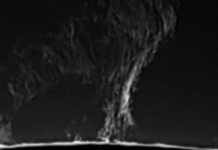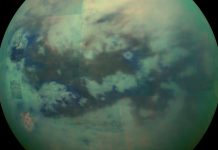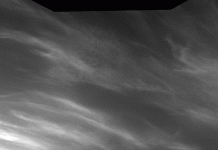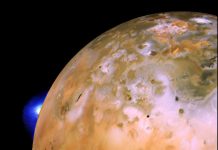2012 VP113, an icy body found far beyond Pluto, raises questions about cosmic history.
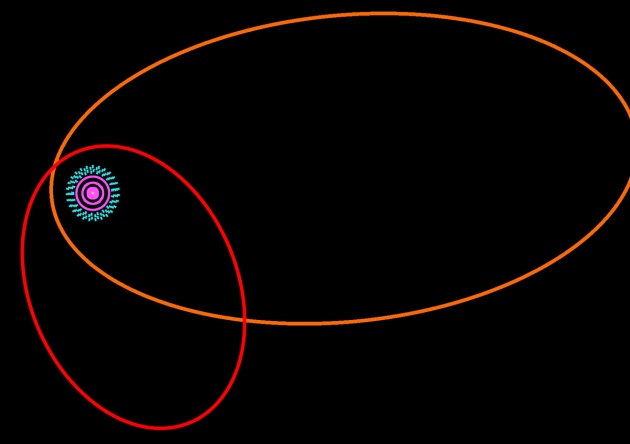
Astronomers say they have found a second planet-like body in what was long thought to be an uninhabited zone beyond the orbit of Pluto. The remote area, said to represent the outer edge of our Solar System, is a supposed repository of comets known as the Oort Cloud. Only one other body, a 1,000-km-diameter dwarf dubbed Sedna, has been spotted in what is thought to be the inner region of the hypothetical “cloud”. The newcomer, found by the Cerro Tololo Inter-American Observatory’s four-metre telescope in Chile, has been dubbed 2012 VP.
The point of its orbit closest to the Sun is about 80 astronomical units (1 AU = the distance from the Sun to Earth). Neptune is the furthest planet from the Sun at 30 AU.
2012 VP is the smoking gun for the existence of the inner Oort Cloud!
Nature Article: Trujillo, C. A. & Sheppard, S. S. Nature 507, 471–474 (2014).
Follow us on Facebook and Twitter


